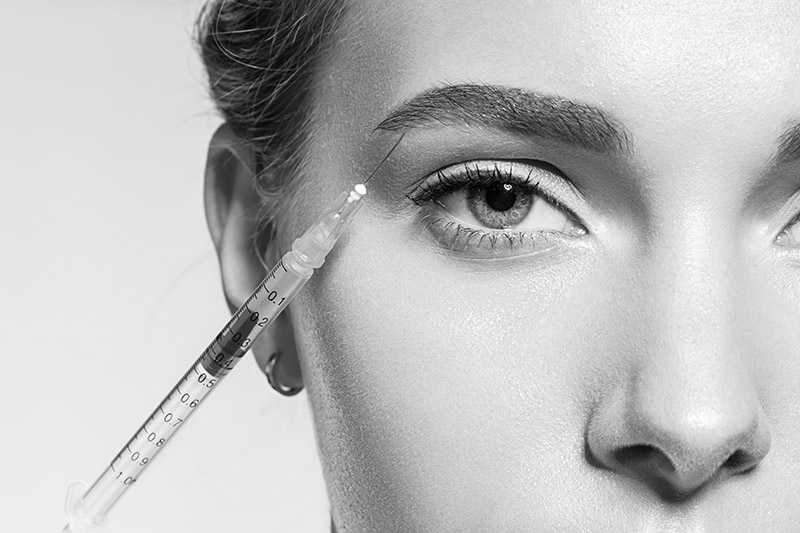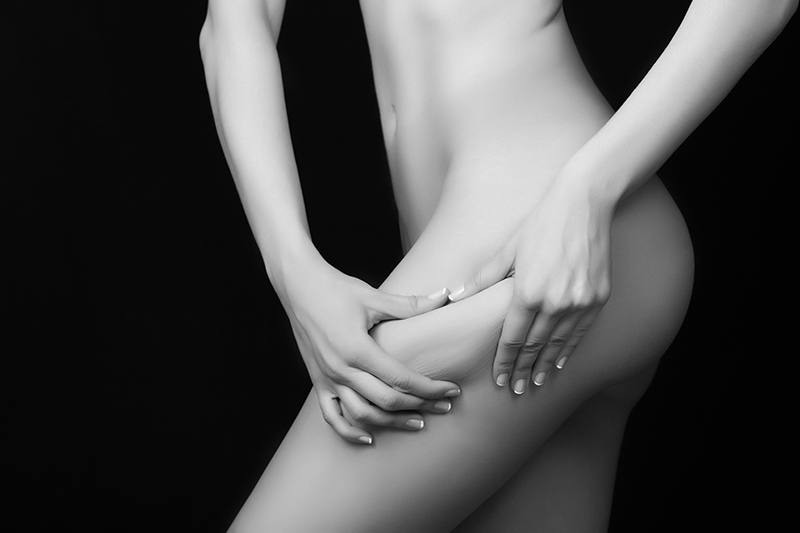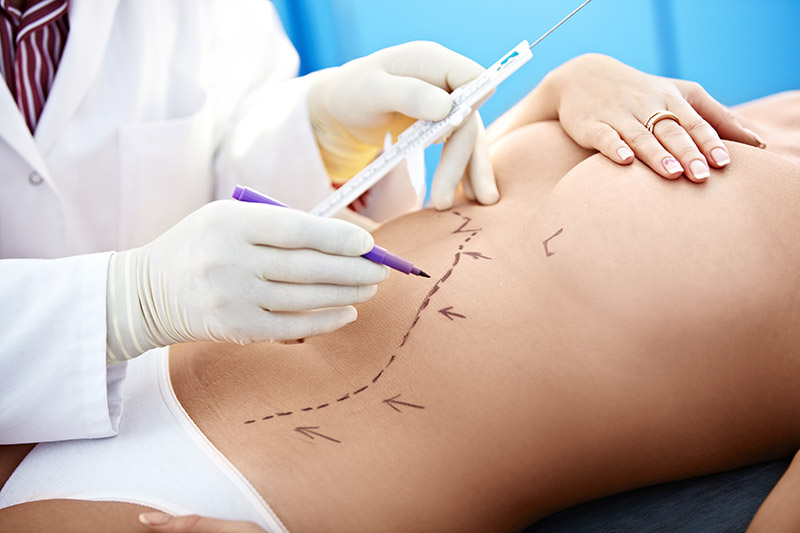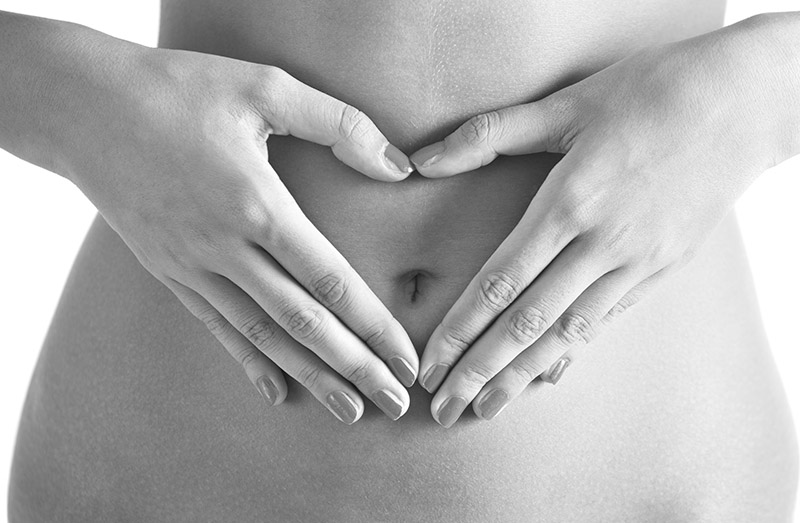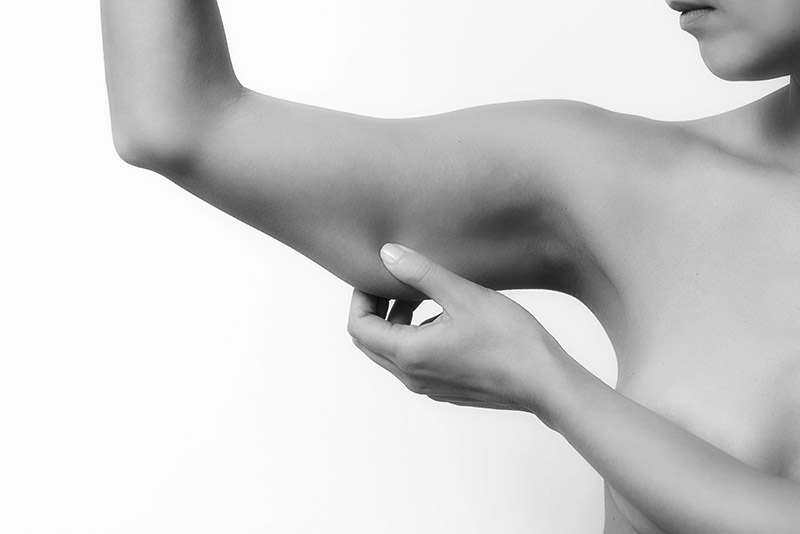Lip Surgeries
Lip Reduction
Lip augmentation is extremely popular, but it is not for everyone. Some people have larger-than-average lips that overshadow the rest of their face. Lips that are too full can affect speech and even eating and drinking, which can make you extremely self-conscious. If you feel you have too much of a good thing when it comes to lips, lip reduction surgery may be an option for you.
A relatively minor cosmetic procedure, lip reduction can be done on one or both lips. Lip reduction surgery removes excess lip tissue to reduce the size of your lips. The results are permanent, and lip reduction surgery can be combined with other facial rejuvenation procedures such as rhinoplasty and chin augmentation or jaw augmentation with implants.
Your Lip Reduction Surgery: Getting Started
The first step is to discuss your concerns and goals with a qualified surgeon. It is important that you are upfront about your medical history during this visit, and that you provide a complete list of all medications and supplements you take on a regular basis. Some of these medications may interfere with the results of your lip reduction surgery. You will talk about the various looks that can be achieved with lip reduction surgery and the amount of lip tissue that should be removed. Your surgeon will explain the techniques, incision placements, as well as the risks associated with lip reduction.
You will also discuss the type of anesthesia that will be used for your procedure, and where the surgery will be done. Most lip reduction procedures are performed under local or regional anesthesia, sometimes with oral sedation. However, some surgeons may use light sleep sedation.
If you decide to book your surgery, you will have a chance to ask any follow-up questions during your preoperative appointment. Your surgeon will go over your instructions and tell you what you can expect during the recovery period. You may also be given prescriptions for antibiotics and pain relievers to aid in your recovery. Filling these prescriptions in advance can be helpful. You also may need blood tests and/or a general physical before your lip reduction surgery. The results of these tests should help clear you for your surgery.
Your Lip Reduction Surgery: What to Expect
Lip reduction normally takes about an hour to perform. If it is done at the same time as other facial rejuvenation procedures, it will take longer. Lip reduction surgery may be performed in a hospital, a freestanding surgery center or in your surgeon’s office.
After using the agreed upon anesthesia to numb the area, your surgeon makes an incision the length of your lip, usually along the inside of your mouth. He or she will then remove a strip of lip tissue and suture the incision closed. This will thin your lip and pull it inward, making it less full. Both lips can be done at once.
Your lips and mouth may feel tight and tender as the anesthesia wears off. You may experience mild to moderate pain during the first few days after your surgery. Your prescribed painkillers should help alleviate any discomfort. Follow your surgeon’s instructions regarding sleeping. He or she will likely suggest that you sleep on two pillows for a week or two so your head remains elevated after your lip reduction. Expect some swelling and bruising after your surgery. This is normal.
Eating may be challenging after your lip reduction procedure. Avoiding highly acidic foods that can irritate the incisions is advisable. You may be instructed to rinse with an antiseptic mouthwash several times a day.
If you have excessive pain, redness, pus or other symptoms that do not appear normal, call your surgeon immediately as these may be signs of an infection. Your surgeon will likely remove any sutures within a week to 10 days of surgery unless they dissolve on their own. Get your surgeon’s approval before you participate in contact sports.
Lip Reduction Risks
All surgery has risks and complications. With lip reduction, these risks include allergic reaction to the anesthesia and infection. There is also the risk of asymmetry and/or cosmetic dissatisfaction. Numbness is also possible, but this usually subsides within the first few weeks. Excess scar tissue and lumps in your newly-thinned lips may also occur. If your lips are too thin as a result of lip reduction surgery, lip augmentation may help correct this.
The best way to maximize your results — and to minimize your risks — is to choose a qualified surgeon to perform your lip reduction surgery. Ask to see before and after pictures, and follow your chosen surgeon’s instructions carefully.
Lip Augmentation
Lip augmentation is a cosmetic procedure designed to create fuller, smoother lips, and can also reduce fine lines around the mouth. Lip augmentation can be accomplished with the use of injectable fillers, implants, or through other surgical techniques. This is not only an appearance-enhancing procedure, but also an anti-aging procedure, since thinner lips are one of the most noticeable and universal signs of aging.
Who Is a Good Candidate:
The best candidates for lip augmentation are non-smokers who are in generally good health and who have a positive outlook and realistic expectations about the procedure’s outcome. Those with very thin lips, fine lines around the mouth, or asymmetry of the lips can benefit from lip augmentation.
Pre-Operative Considerations:
With certain filler materials, your surgeon may require a skin allergy test prior to performing the procedure. Patients who exhibit a reaction to the skin test, those with a serious allergy history, or those who are allergic to lidocaine should not undergo lip augmentation. In addition, the procedure will usually be postponed if you have an active infection (such as a herpes outbreak) or other inflammatory skin condition present. As with all other cosmetic procedures, you should let your surgeon know about any medications or herbal supplements you may be taking.
Post-Operative Care:
Even with surgical lip augmentation procedures, incisions are usually tiny and heal quickly. Therefore, no special wound care is usually required. Most patients find that intermittent application of a cold pack can helps with swelling and bruising.
Recovery & Downtime :
When performed as a stand-alone procedure, most non-surgical lip augmentations are considered a “lunchtime” procedure, meaning you can return to work immediately afterward. However, some swelling and bruising is normal, and can last an average of 3 to 7 days. On the other hand, surgical methods of lip augmentation can come with up to a one week recovery period. Guidelines vary based on the technique and type of filler material used.
Risks & Complications :
Risks and possible complications include: bleeding, asymmetry, migration (movement) of the implant, extrusion of the implant (the implant or filler pokes or oozes out from under the skin, usually through the incision or injection site), and allergic reactions which can cause prolonged redness, itching, swelling, or firmness at the injection site. Warning: For your own safety, lip injections should be performed only by a qualified physician. Liquid silicone injections are not legal in many countries, including the U.S., because of unacceptable levels of risk to patients.


